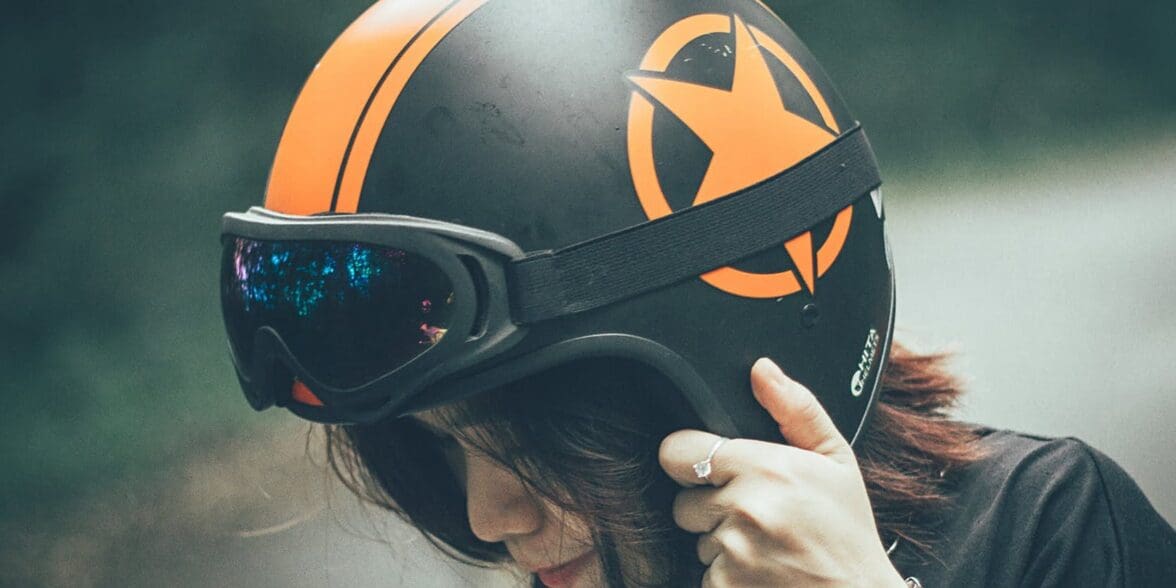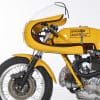In the Government’s Own Sanctioned Testing
The National Highway Traffic Safety Administration (NHTSA) employed Act Labs—an independent lab in California—to test DOT helmets for labeling and performance from 2014 to 2019. During that time, the lab tested 167 helmets. 62.8 percent of the helmets failed the labeling portion and a whopping 43.1 percent of the helmets failed the performance tests. This is an increase over last year’s numbers.
This is especially concerning because DOT approval is a self-certification process, meaning the company itself is responsible for ensuring that its helmets mee the U.S. Department of Transportation Federal Motor Vehicle Safety Standard 218 (DOT FMVSS 218).
Helmets that fail the testing will be forced to issue a recall and potentially be fined. This is good, but those helmets never should have been sold in the first place. There’s a lot of argument out there about what is the best helmet safety standard. ECE is what’s used in Europe. Then there’s SHARP, Snell, and FIM standards. They all claim to be the best.
I’m not here to argue which standard is best. What I am here to do is showcase that many of the DOT-only helmets for sale out there fail to meet the standard, which is a standard many in the industry agree is already outdated and doesn’t provide the level of protection needed for riders. However, around 43 percent of the helmets tested couldn’t even meet these inadequate standards.
Act Labs tested Bell, Scorpion, Shoei, and HJC helmets as well as many other helmets. You can see which ones failed the tests by checking out the Office of Vehicle Safety Compliance website.
So what should you do? At the very least, I’d check at the website above to see if a helmet you’re considering was tested and passed the testing. You could also consider buying a helmet that has been approved by one of the other helmet safety standards out there. Snell and FIM standards seem to be the best and Snell tests every helmet it approves. The bottom line? A DOT sticker on a helmet means pretty much nothing unless the helmet has been tested. Don’t trust it unless that specific helmet has been tested.



